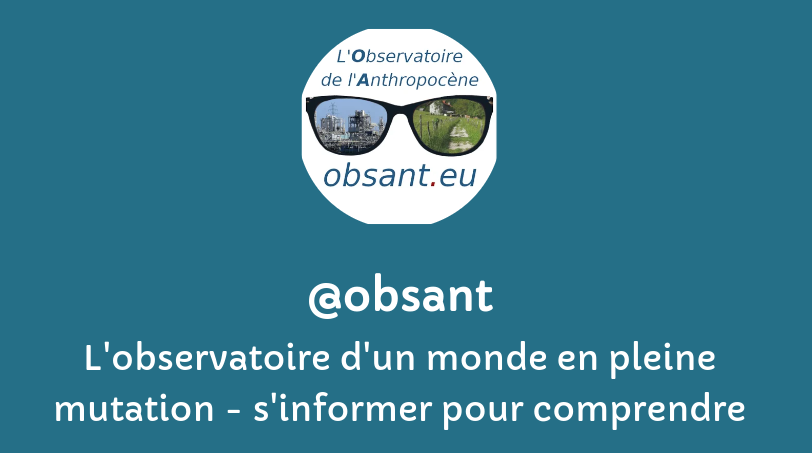« L’urgence est là, nous regardons ailleurs »
filtre:
risks
2025
Tipping elements within the Earth system are increasingly well understood. Scientists have identified more than 25 parts of the Earth’s climate system that are likely to have “tipping points” – thresholds where a small additional change in global warming will cause them to irreversibly shift into a new state. The “tipping” of these systems – which include the Atlantic Meridional Overturning Circulation (AMOC), the Amazon rainforest and the Greenland ice sheet – would have profound consequences for both the biosphere and people. More recent research suggests that triggering one tipping element could cause subsequent changes in other tipping elements, potentially leading to a “tipping cascade”. For example, a collapsed AMOC could lead to dieback of the Amazon rainforest and hasten the melt of the Greenland ice sheet.
A panel of international scientists has moved their symbolic “Doomsday Clock” closer to midnight than ever before, citing Russian nuclear threats amid its invasion of Ukraine, tensions in other world hotspots, military applications of artificial intelligence and the climate crisis as factors underlying the risks of global catastrophe.
The 20th edition of the Global Risks Report 2025 reveals an increasingly fractured global landscape, where escalating geopolitical, environmental, societal and technological challenges threaten stability and progress. This edition presents the findings of the Global Risks Perception Survey 2024-2025 (GRPS), which captures insights from over 900 experts worldwide. The report analyses global risks through three timeframes to support decision- makers in balancing current crises and longer-term priorities.
2024
Every December, people ask us how severe the year’s extreme weather events were. To answer this question, we’ve partnered with Climate Central to produce a report that reviews some of the most significant events and highlights findings from our attribution studies. It also includes new analysis looking at the number of dangerous heat days added by climate change in 2024 and global resolutions for 2025 to work toward a safer, more sustainable world.
All known life is homochiral. DNA and RNA are made from “right-handed” nucleotides, and proteins are made from “left-handed” amino acids. Driven by curiosity and plausible applications, some researchers had begun work toward creating lifeforms composed entirely of mirror-image biological molecules. Such mirror organisms would constitute a radical departure from known life, and their creation warrants careful consideration. The capability to create mirror life is likely at least a decade away and would require large investments and major technical advances; we thus have an opportunity to consider and preempt risks before they are realized. Here, we draw on an in-depth analysis of current technical barriers, how they might be eroded by technological progress, and what we deem to be unprecedented and largely overlooked risks (1). We call for broader discussion among the global research community, policy-makers, research funders, industry, civil society, and the public to chart an appropriate path forward.
This report describes the technical feasibility of creating mirror bacteria and the potentially serious and wide-ranging risks that they could pose to humans, other animals, plants, and the environment. It accompanies the Science Policy Forum article titled “Confronting risks of mirror life”, published December 12, 2024.
Le changement climatique arrive une nouvelle fois en tête des préoccupations tant des experts que des citoyens interrogés par Axa pour sa 11e édition de son "Future Risks Report", publié jeudi.
Under current emission trajectories, temporarily overshooting the Paris global warming limit of 1.5 °C is a distinct possibility. Permanently exceeding this limit would substantially increase the probability of triggering climate tipping elements. Here, we investigate the tipping risks associated with several policy-relevant future emission scenarios, using a stylised Earth system model of four interconnected climate tipping elements.
Sharp declines in critical mineral prices mask risks of future supply strains as energy transitions advance - News from the International Energy Agency
The big question: Would climate engineering like sending reflective particles into the stratosphere or brightening clouds help reduce the national security risks of climate change or make them worse?



